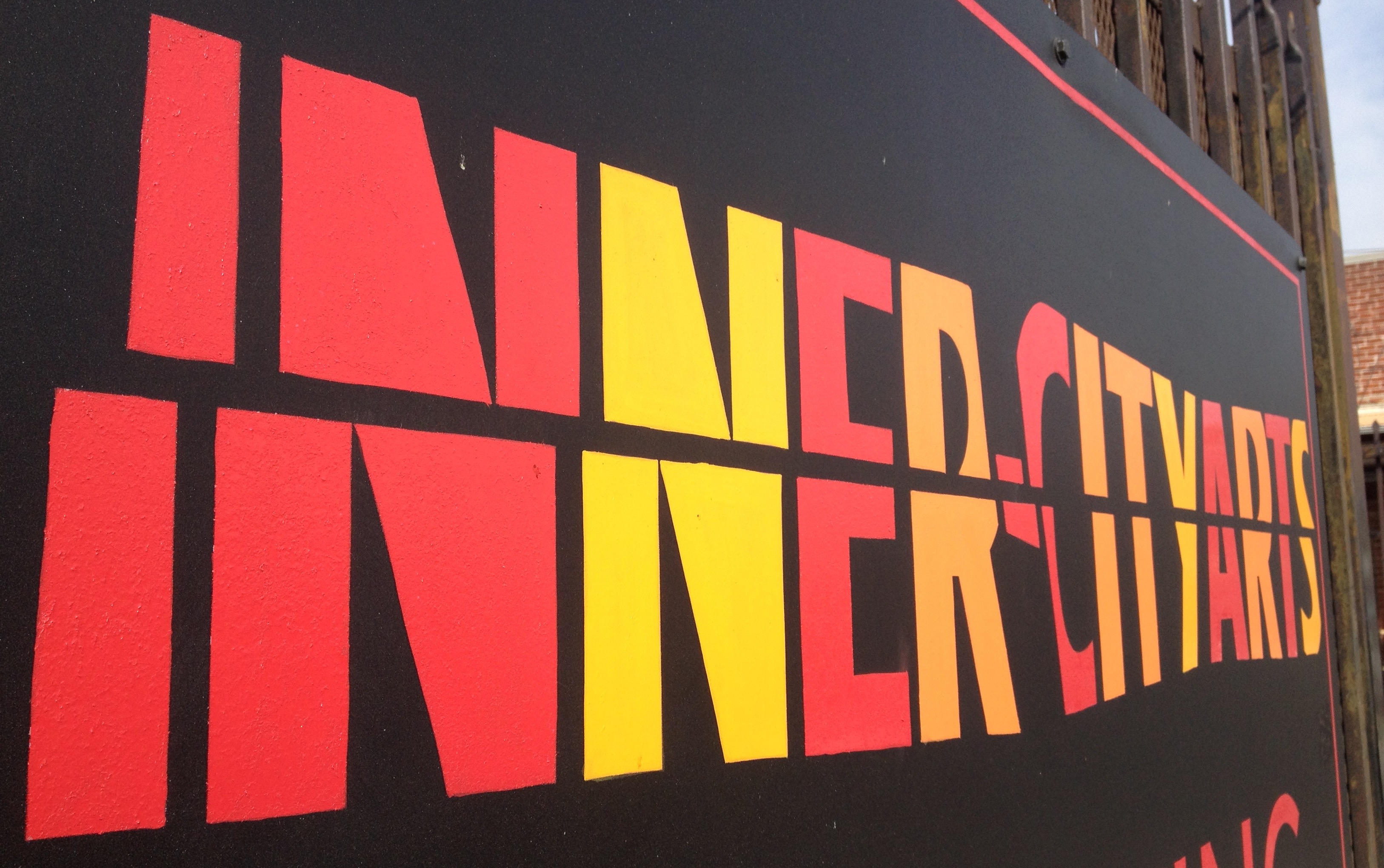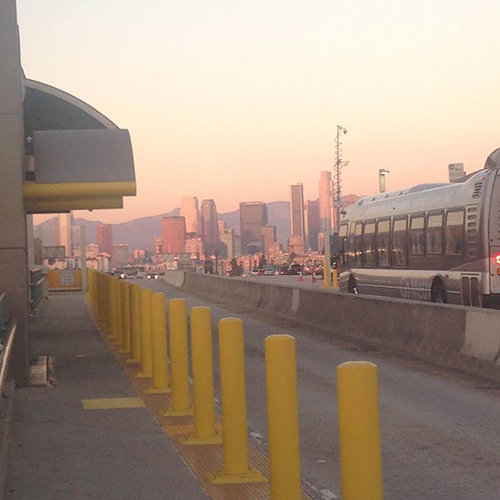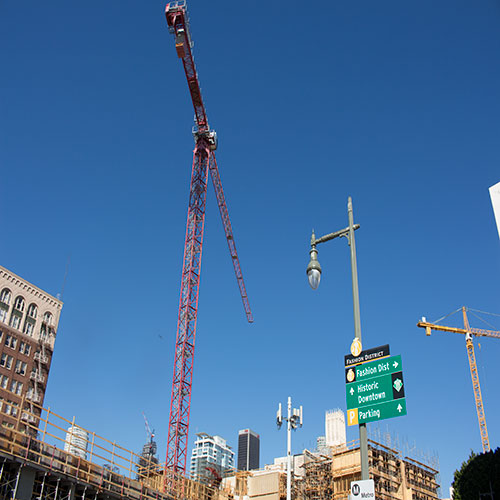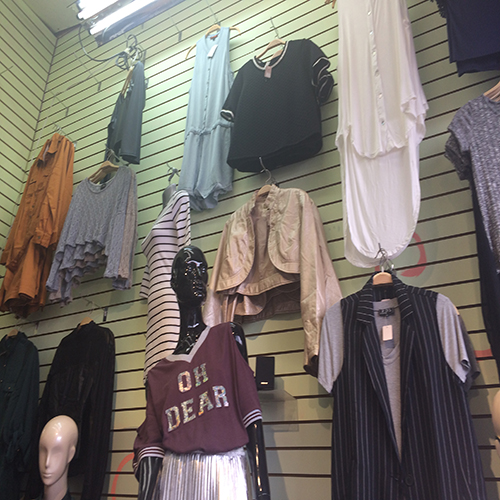
An oasis of art education
It was when Bates, who was a working Los Angeles artist during the 1980s, realized that children of the downtown Los Angeles area were not receiving opportunities to arts education that he decided to provide after-school art instruction for children.
In just a year’s time, the program was collaborating with the Los Angeles Unified School District so that kids could be brought to the Inner-City Arts campus during school days. Then just a few years later, Inner-City Arts received funding to purchase an auto body repair shop on the corner of Kohler and 7th Street, just on the edge of the LA Fashion District. The old auto shop was retrofitted so art studios could be put in. But the progression didn’t stop there.
“Over the last 20 years, we have had three different capital expansions,” said Clay Steward, associate director of communications for Inner-City Arts. “We now have a black box theater, two different ceramics studios, an animation studio, a visual arts studio and all of the visual arts on a one-acre campus.”
Essentially an oasis of art education has grown out of Bates’ idea to help children receive art education. It comes at no cost to the student or their families, as the majority of Inner-City Arts’ 3.6 million dollar annual budget is funded through private contributions and fundraising. And now elementary school kids are bussed in from their schools, two times a week for seven weeks, so they can receive education in a particular art form.
“In any of our studios, what the teaching artist is getting at is the student’s individual expression of their own creativity. They’re finding their own voice,” said Gillian McCarthy, professional development manager at Inner-City Arts. “It’s really that link between access of creativity and individual voice. That is what we want to reach.”
With everything from music classes, dance instruction and theater acting to ceramic sculpting, painting and engineering, there seems to be every type of artistic class for young minds to be molded within. But one class in particular seems to stand out at Inner-City Arts. That is the creativity lab.
But the art doesn’t stop after the elementary school level. Inner-City Arts also provides a middle and high school institutes program, which allows teenagers to come and select an art form that they are interested in learning.
“Those teenager programs range from animation to graphic design to standup comedy or improvisational theater, just to name a few,” said Steward.
While the art classes may stop at the high school level, the education process does not. Inner-City Arts has a teacher professional development program in which elementary school teachers travel to the campus with their students to partake in the core school day classes that are taught and facilitated by professional teaching artists.
Eventually, Inner-City Arts would like to bring back arts education to even more schools in need.
“We want to serve more kids because we believe what we do has a tremendous impact. So growth and expansion is a big part of what we want to do in terms of direct service as well as being able to pass on positive impact methods of teaching,” said Steward.
There doesn’t seem to be an end in sight for just how much of an impact this 26-year-old program can have on underprivileged youth. Despite the setbacks in public school systems in the United States, it is because of programs like Inner-City Arts that the pillars of arts education and creative learning refuse to fall apart.


